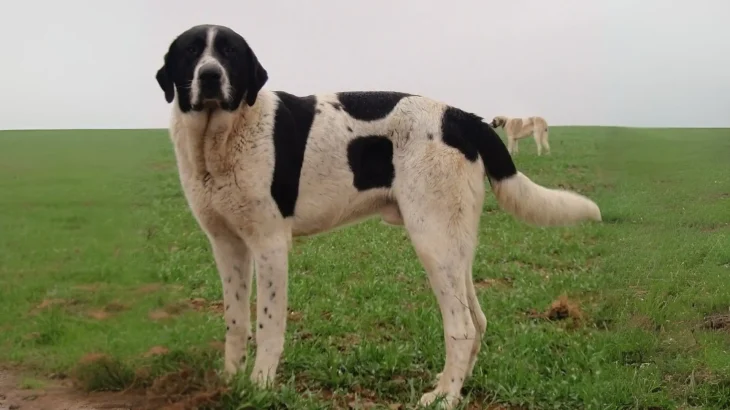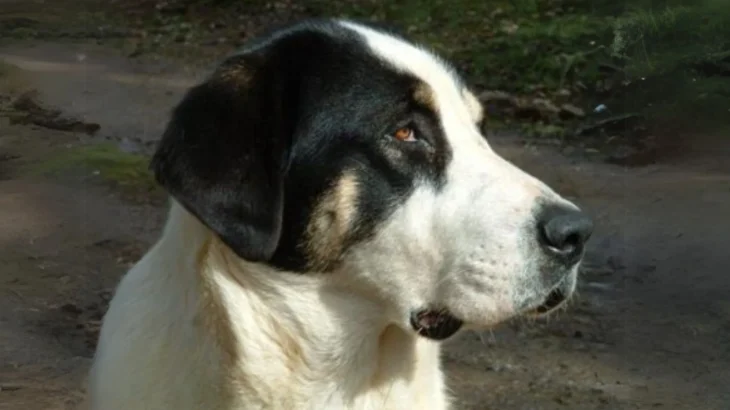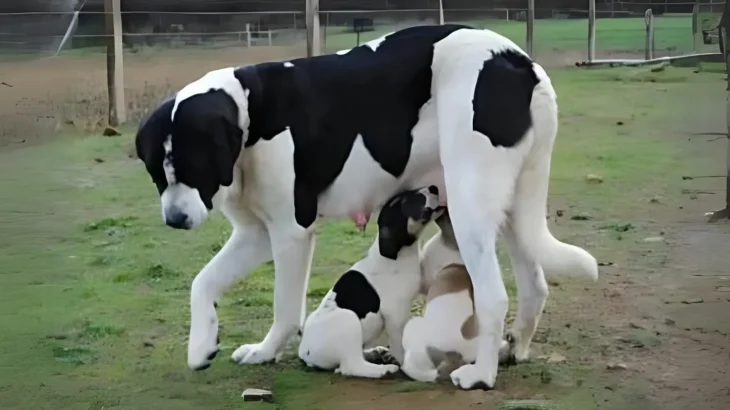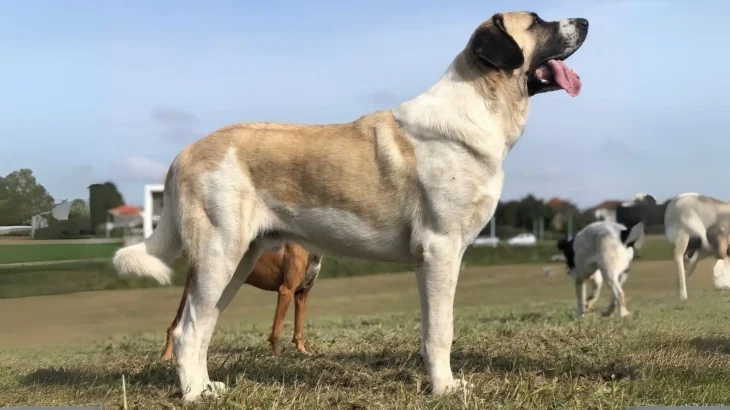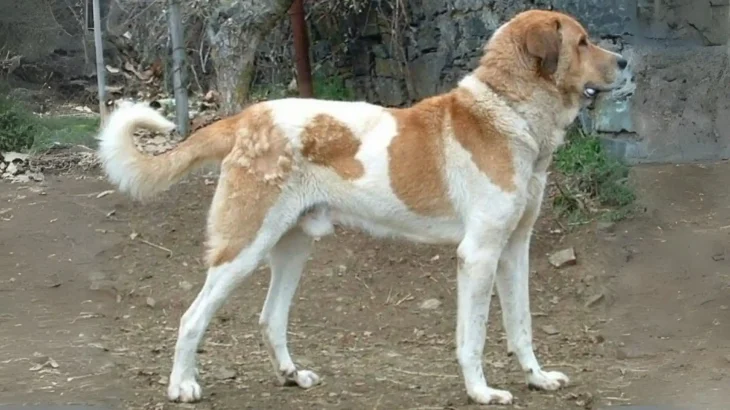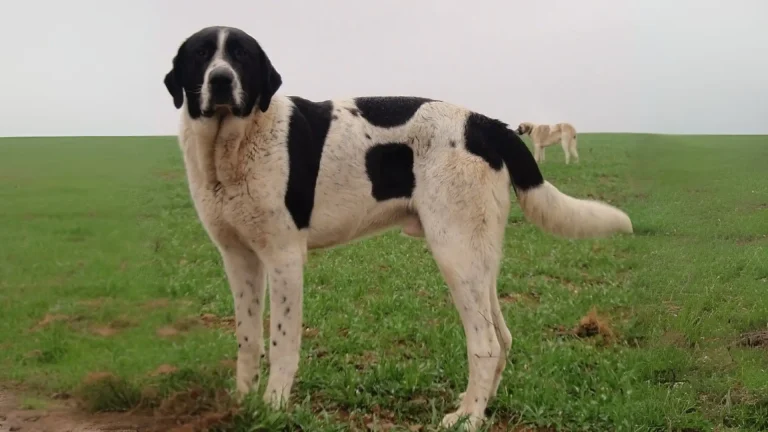Deciding whether to adopt or purchase a Transmontano Mastiff puppy depends on your priorities around health, cost, and ethics. Buying from a breeder offers clarity on lineage and health, while adoption gives a home to a dog in need and usually costs less.
Adoption vs. Breeder: Pros & Cons
| Criteria | Buying from Breeder | Adopting from Shelter/Rescue |
|---|---|---|
| Cost | Generally higher, reflecting purebred status and breeder investment. | Usually lower adoption fees, often more budget-friendly. |
| Health History | Provides detailed health records and breed-specific screenings. | Health history may be incomplete; basic veterinary checks done. |
| Age Availability | Typically puppies, allowing early bonding and training. | Varies, including adults and sometimes seniors. |
| Temperament Insight | Breeders share expected temperament based on lineage. | Shelter staff provide behavior info, though history may be unclear. |
| Ethical Considerations | Supports controlled breeding; important to choose responsibly. | Provides homes for dogs in need; promotes animal welfare. |
| Breed Purity & Pedigree | Ensures documented pedigree and lineage. | Breed purity may be unknown or mixed. |

